Everything You Need To Know About DRIED CATFISH
Dried catfish is a delicacy eaten all over the world, especially in Asia, America, and Africa. Fish in their natural state are prone to rotting quickly. Therefore, centuries ago, Romans found a way to preserve it for a long time by simply drying it.
So a nutrient-dense and tasty fish could now be enjoyed for a long time without the fear of being rotten.
But that’s not all – the benefits of it are countless. Yet many don’t know about them. But don’t worry; this article will tell you everything you need to know about Dried Catfish.
What is Dried Catfish?
Dried catfish is a type of scaleless fish that has been processed to remove moisture from the flesh, resulting in a preserved product that can be stored for long periods without the need for refrigeration. It is a popular ingredient in many cuisines around the world and is known for its strong, savoury flavour.
The Process Of Drying Catfish:
In the olden days, catfish were traditionally dried using natural resources such as sun and air.
However, with time, the process of drying has changed significantly. Making it much easier, less time taking, and more commercial by using dehydrators.
The process of drying catfish begins with safely killing the catch using a saline solution. Followed by cleaning and gutting the fish, then slicing it open lengthwise to expose the flesh to ensure thorough drying. The fish is then treated with a mixture of salt and other spices or herbs, which helps preserve the fish and adds flavour. The treated fish is then dried either in the sun or in a controlled environment, such as a dehydrator, until it is fully dried, hard, and curled up.


How Long Does Catfish Take To Dry?
It takes 1 to 3 days to dry the catfish in the sun.
It takes 6 to 12 hours to dry catfish in a dehydrator.
The time it takes to dry catfish can vary depending on the drying method used and the size and thickness of the catfish.
Using a traditional method and drying in the sun can take anywhere from 1 to 3 days, depending on the weather of that area, including details like temperature and humidity.
Whereas If dried in a dehydrator, it can take anywhere from 6 to 12 hours, depending on the temperature setting and the thickness of the fish.
Disclaimer:
It’s important to ensure that the catfish is fully dried before storing it, as any moisture left in the fish can cause it to spoil or develop mould over time.
You may also like: How to fillet catfish
How Do You Clean Dried Catfish?
Cleaning dried catfish involves rehydrating the catfish by soaking it in water until rehydrated. And later rinsing with water to remove any excess salt and seasoning used during the drying process.
Here’s a more detailed step-by-step guide for cleaning dried catfish:
- Begin by rinsing the dried catfish under running water to remove any surface dirt or debris.
- Next, soak it in a large bowl of water for at least 1 hour or until the fish is fully rehydrated and pliable. The exact soaking time may vary depending on the size and thickness of the fish.
- Drain the water from the bowl and discard it. Rinse the rehydrated catfish again under running water to remove the remaining salt or seasonings.
- Using a sharp knife, remove the head and tail of the fish, along with any fins.
- Using your fingers or a knife, gently pull or scrape away the skin from the flesh of the fish. The skin should come off quickly. If not, this means that the catfish have not been dried properly.
- Next, Use a deboner to remove the bones from the flesh of the fish. However, some people prefer to leave the bones in for added flavour and texture.
Once cleaned, the dried catfish can be used in a variety of recipes, such as soups, stews, and curries, or devoured as a snack.
How Do You Preserve Dried Catfish?
Dried catfish is an already preserved product. However, to ensure that it remains fresh and free of mould or other contaminants, it should be stored in a vacuum-sealed bag or airtight container and kept away from humidity and moist conditions.
Here are some additional tips for storing dried catfish:
- Store in an airtight container:
Transfer the dried catfish to an airtight container, such as a glass jar or a plastic bag with a tight seal. This will help to prevent moisture and contaminants from getting into the container and affecting the quality of the fish.
- Store in a cool, dry place:
Dried catfish should be stored in a cool, dry place away from direct sunlight and heat sources. A pantry or cupboard is a good option.
- Check for signs of spoilage:
Dried catfish can last for several months if stored properly, but it’s important to check for signs of spoilage before using it in recipes. Look for any discolouration, mould, or unpleasant odours, and discard any fish that appears to be spoiled.
- Rehydrate before using:
Before using dried catfish in recipes, it should be rehydrated by soaking it in water for at least an hour to remove excess salt and rehydrate the fish.
- Freeze the dried catfish:
This delicacy can last for months; however, If you choose to elongate its shelf life, freeze it. However, freezer burns can deteriorate the product’s freshness. (3) But you can avoid them by making sure to freeze the catfish in an airtight container or sealable bag.
By following these guidelines, you can help to ensure that your dried catfish stays fresh and flavorful for as long as possible.
See also related post: How to preserve smoked catfish
Types of Different Dried catfish:
Dried Catfish VS Smoked Catfish:
Dried catfish and smoked catfish are both preserved forms of catfish. The only major difference is that they are prepared differently and have distinct textures and flavour profiles.
Dried catfish are prepared by removing the moisture from the fish by drying them in the sun or a dehydrator. This results in a firm and chewy texture and a concentrated fish flavour.
Smoked catfish, on the other hand, is prepared by exposing the fish to smoke, which gives it a distinct smoky flavour and aroma. The smoking process also partially dehydrates the fish, resulting in a firmer texture compared to fresh catfish, but not as dry and chewy as dried catfish.
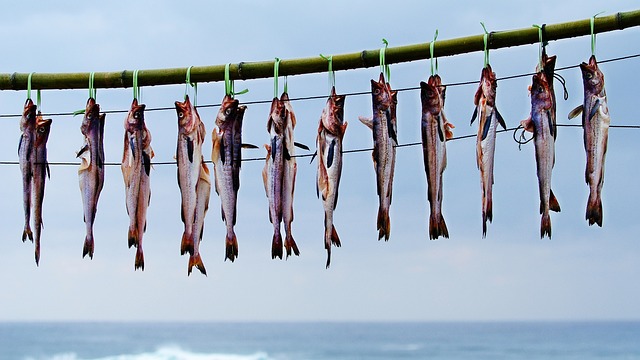

Dried catfish is rehydrated before use, while smoked catfish is often used as is.
Both dried and smoked catfish can be used in a variety of dishes, but their different textures and flavours will have different effects on the final dish. Dried catfish is often used in soups and stews, while smoked catfish is a popular ingredient in traditional West African and Caribbean cuisine.
Traditionally Dried, Catfish:
Traditionally, dried catfish is made by thoroughly cleaning the fish and then cutting it open along the belly to remove the internal organs. The fish has then washed again and seasoned with salt and spices, such as chilli pepper, garlic, and ginger. Some recipes call for the fish to be soaked in a brine solution before seasoning, which can help to enhance the flavour and preserve the fish.
The seasoned fish is then hung up to dry in the sun or a drying room, exposed to warm, dry air. The drying process can take several days to a week, depending on the weather conditions and the size of the fish. During this time, the fish is turned regularly to ensure that it dries evenly and does not spoil.
Once the fish is fully dried, it can be stored in a cool, dry place for several months.
You can find further information here. You can also learn more about fish preservation from our earlier post about some of the common catfish smoking machines
Modernly Dried, Catfish:
In modern times, commercial dehydrators are used to dry catfish. These methods help to speed up the drying process and improve the consistency of the final product.
The fish are often processed soon after being harvested. They are typically cleaned, cut into filets, and seasoned before being dried. The catfish are often soaked in a brine solution to enhance the flavour and extend their shelf life.
In addition to traditional spices, many producers include a variety of seasonings and flavourings, such as soy sauce, oyster sauce, and sugar. Some producers also add food colouring to the seasoning mixture to give the fish a more appealing appearance.
Modern VS Traditional Dried Catfish:
Modern catfish drying methods can help to produce catfish that is more consistent in texture and flavour, which can be beneficial for commercial operations that need to produce large quantities of the product. However, some people still prefer the traditional, time-consuming method of producing dried catfish, as they believe it produces a more authentic and flavorful product.
Usage Of Dried Catfish:
Dried catfish is a versatile ingredient that can be used in a wide variety of dishes.
- Soup: It is a popular ingredient in many types of soups, such as Vietnamese Canh Chua and Nigerian pepper soup. It adds a rich, savoury flavour to the broth and pairs well with vegetables and herbs.
- Stew: It can also be used in stews like West African groundnut stew and Filipino kare-kare. It adds a meaty flavour and texture to the stew.
- Sauce: It can be ground into a powder and used as a seasoning for sauces, such as West African shito and Haitian epis. The powder adds a smoky, umami flavour to the sauce and can be combined with other spices and ingredients.
- Fried: It can be fried and served as a snack or side dish. In Nigeria, for example, it is often coated in a batter made from ground peanuts and spices before being fried.
- Salad: It can be added to salads for a protein-rich and flavorful addition. In Thailand, for example, it is used in the popular dish called ‘Yum pla duk fuk’, which features a crispy, fried version of the fish in a spicy salad.
- Rice dishes: It can be used as a topping for rice dishes, such as Nigerian jollof rice and Filipino ‘Arroz caldo’. It adds a rich, meaty flavour to the rice.
See also: Health benefits of smoked catfish
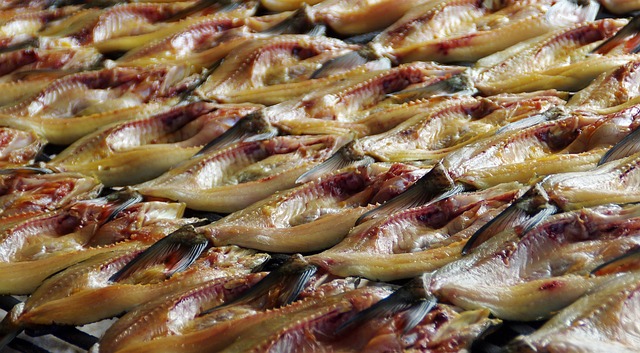

Sourcing The Best Dried Catfish:
- Look for a reputable supplier: A reputable supplier may guarantee the quality and freshness of the product. Ask for recommendations from friends, family, or local chefs, or do some research online where you can easily find trusted suppliers like com.
- Check the appearance and smell: The dried catfish should have a shiny, slightly oily surface and be firm and dry. It should have a mild fishy aroma but should not smell rancid or overly pungent. Avoid fish that are discoloured, mouldy, or have a strong odour.
- Consider the origin: Some regions are known for producing high-quality dried catfish, such as Nigeria, Thailand, and Vietnam. If possible, look for catfish from these regions, as they are likely to be of good quality and have a distinctive flavour.
- Read the label: Check the label for information on the production date, ingredients, and storage instructions. Studies suggest that well-labelled packaging often ensures good quality. Also, ensure the fish has been properly stored and handled and that no additives or preservatives are being used.
- Buy in small quantities and store well: Often, buyers don’t consider the fact that not storing the dried catfish properly may result in it going bad. Although it has a long shelf life, it is best to buy it in small quantities so that you can use it quickly and ensure freshness. It is best to store it in a cool, dry place and use it within a few months for the best flavour and texture.
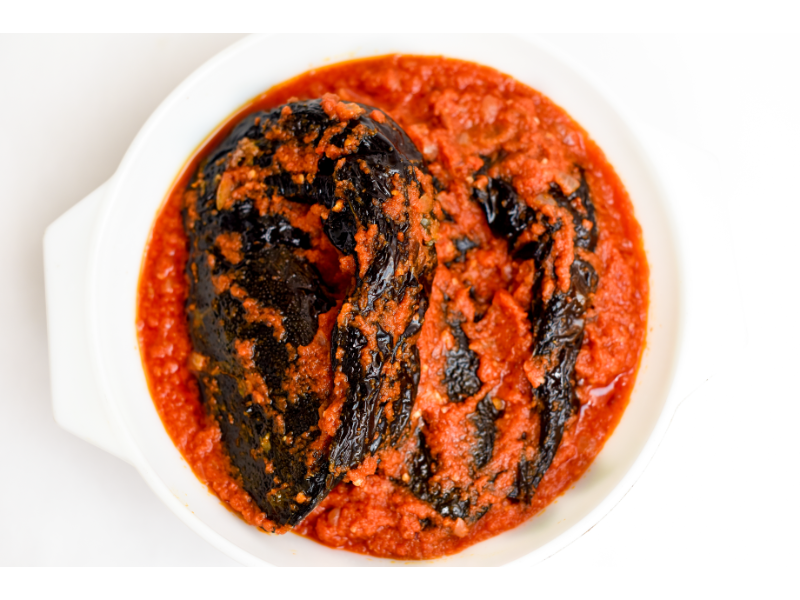

Conclusion:
Dried catfish has been a staple in many cuisines around the world due to its nutritional benefits, flavour versatility, and ease of use. We hope this article provided you with valuable insights into the world of dried catfish and has inspired you to explore new culinary horizons.
We love to hear from you!
So have you now found a reason to love dried catfish or would you stay clear of it despite its many benefits and uses?
What do you think?
Let us know using the comment box below.
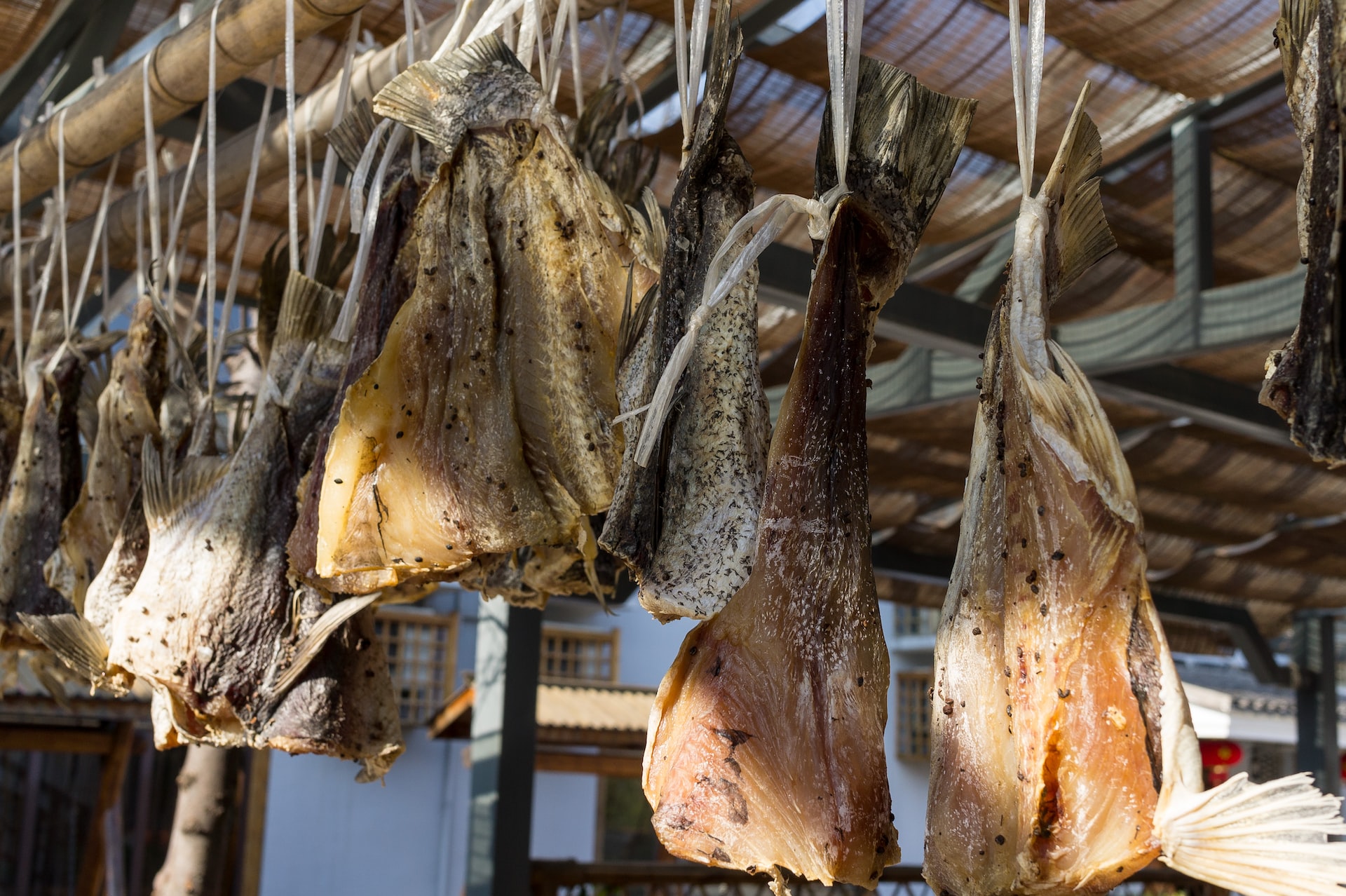


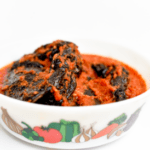

I sincerely appreciate Kabaia food incorporated for messaging me, unknown to you I have received a special training by this and I’ve also added new ideas to my existing knowledge about drying of catfish.
I look forward to seeing more of this emails.
Thank you.
It is always our pleasure to support our customers in whatever ways we can. Please visit the site from time to time to see new updates and access other resources.